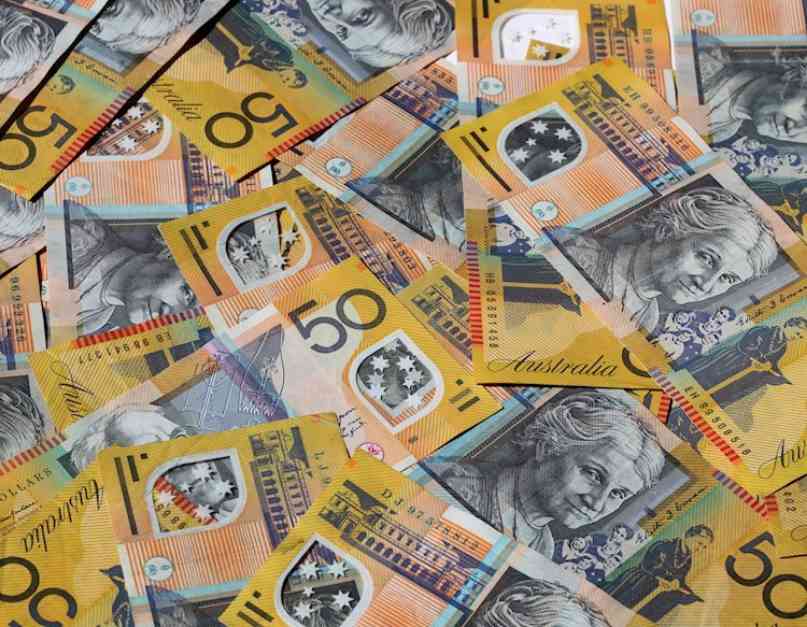The AUD/USD pair is currently trading near 0.6750 as investors await the release of the US Consumer Price Index (CPI) data for June. This data will provide insights into when the Federal Reserve (Fed) might start reducing interest rates. Market sentiment is positive, with many investors believing that the Fed will cut rates in September due to weakening US labor market conditions.
Fed Chair Jerome Powell recently expressed concerns about the strength of the US labor market during a Congressional testimony. He highlighted a slowing trend in job demand, an increase in the Unemployment Rate, and a slowdown in Average Hourly Earnings. These factors have contributed to the belief that the US economy is no longer overheated.
On the Australian front, there is speculation that the Reserve Bank of Australia (RBA) will be the last central bank to join the global rate-cutting cycle. This speculation has supported the Australian Dollar (AUD), keeping it strong. The RBA is expected to maintain its Official Cash Rate (OCR) at current levels for the remainder of the year, as strong consumer spending has reversed the disinflation process.
Factors that influence the value of the Australian Dollar include the level of interest rates set by the RBA, the price of Iron Ore (Australia’s largest export), the health of the Chinese economy (Australia’s largest trading partner), inflation in Australia, its growth rate, and Trade Balance. Market sentiment also plays a role, with risk-on sentiment generally positive for the AUD.
The RBA uses interest rates to maintain stable inflation rates, with relatively high rates supporting the AUD. Quantitative easing and tightening can also influence credit conditions, with easing being negative for the AUD and tightening being positive. The health of the Chinese economy directly impacts the demand for Australian exports, while the price of Iron Ore and the Trade Balance also affect the value of the AUD.
Overall, the AUD/USD pair is likely to remain range-bound as investors await the US CPI data and further insights into the Fed’s monetary policy. The RBA’s cautious approach to interest rates and the global economic outlook will continue to influence the Australian Dollar in the coming months.

















